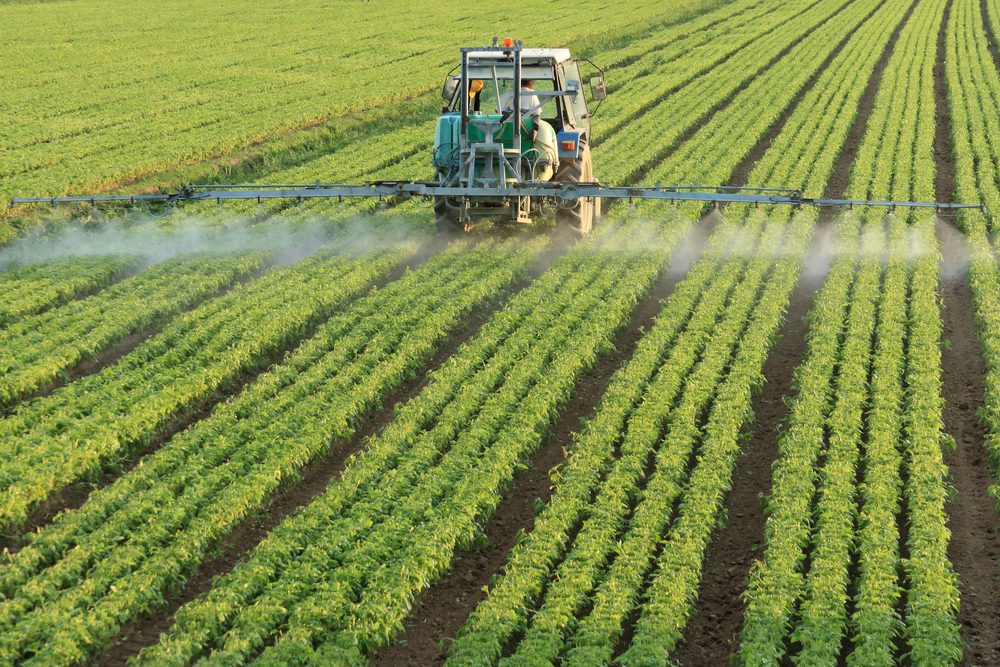19th-century British economist Thomas Malthus, captivated minds with his theory that humanity would eventually deplete its food resources. According to Malthus, the human population grew exponentially, while food production only increased arithmetically. It was a gloomy prediction, despite which, here we are centuries later, still thriving.
How? Technology, especially advancements in agriculture, proved Malthus wrong. One of the driving factors for this transformation was fertilizer technology. Let’s survey this topic, introducing key players like ICL Group, a leading global specialty minerals company and a world-leading fertilizer manufacturer.
What Are Fertilizers?
Fertilizers are materials added to soil to enhance its nutrient content, thus fostering plant growth. The predominant nutrients supplied by fertilizers are nitrogen (N), phosphorus (P), and potassium (K), when used with other proven methods like efficient irrigation and quality seeds, fertilizers contribute significantly to crop yields.
A Brief Look at Fertilizer History
Since ancient times, humans have used various substances to enrich soil. Early practices involved using manure, wood ash, and even bird droppings. However, primitive methods were inconsistent; unpredictable weather or other environmental factors often compromised effectiveness.
The fertilizer industry turned to science in the 1840s when German chemist Justus von Liebig emphasized the use of specific nutrients in soil. Dubbed the “Father of the Fertilizer Industry,” Liebig pioneered using nitrogen and identified phosphorus and potassium as crucial plant nutrients. His Law of the Minimum noted that plant growth depends on the scarcest nutrient in the soil, revolutionizing how we understand soil fertility.
Innovations in Fertilizer Technology
The 20th century brought further advancements, including methods for enhancing soil’s nitrogen content:
- Haber-Bosch Process: This chemical reaction synthesizes ammonia from hydrogen and nitrogen.
- Erling Johnson Method: This exposes phosphate-rich rocks to nitric acid, producing phosphoric acid and calcium nitrate.
- Ostwald Process: This exposes ammonia to oxygen and water in the presence of a platinum catalyst to produce nitric acid.
These discoveries proved vital during the Dust Bowl crisis of the 1930s. Continued research has enhanced agricultural efficiency with led custom fertilizers tailored for specific crops and conditions.
The Importance of Balanced Nutrients
Plants require 17 essential nutrients for growth, ranging from macronutrients like nitrogen and phosphorus to trace elements like zinc and copper. The delicate balance of these nutrients is crucial; excessive amounts of one nutrient can inhibit plant growth or even prove toxic.
Each of these nutrients plays a unique role in a plant’s life. They’re the key factors that allow seeds to sprout and give life to roots, stems, vibrant leaves, and blossoming flowers. For a nutrient to earn its title as ‘essential’, it must tick three boxes:
- A plant can’t reach its full potential or even complete its life cycle without it.
- No other nutrient can replace or replicate its unique function.
- It must actively partake in the metabolic processes of the plant.
While these nutrients are crucial, balance is essential. For instance, an overdose of manganese might turn leaves a sickly yellow, while excess nitrogen could lead to leafy growth at the expense of fruitful yield.
The art of “Balanced Fertilization” is about ensuring plants get these nutrients in just the right proportions. If this balance is wavering, the repercussions include reduced soil health and fertility, disappointing crop yields, and a decline in the overall quality of crops.
Organic manure, which contains small doses of nitrogen, phosphorus, and potassium, can’t shoulder the nutrient needs of plants by itself. Yet, it’s invaluable in balanced fertilization, enriching the soil with micronutrients, promoting microbial life, and boosting its physical attributes like structure and moisture retention. For optimal performance, fertilizers should possess certain characteristics, such as granular form, nutrient richness, and ease of solubility in moist soil.
In the modern era, the most effective nutrient management often involves a combination of commercial fertilizers and organic manure. This approach, known as Integrated Nutrient Management (INM), optimizes both soil quality and crop yield.
ICL Group: Pioneering the Future of Agriculture
ICL Group stands out as a leading agricultural solutions provider in today’s advanced agricultural landscape.
Their cutting-edge technology allows them to offer a diverse portfolio of fertilizer products, ranging from controlled-release variants ensuring consistent nutrient delivery to specialized fertigation blends that integrate effortlessly with irrigation setups.
Their relentless commitment to research and innovation introduces the farming community to unique fertilizers, such as eqo.s, a controlled-release fertilizer with a biodegradable coating, biostimulants, and soil enhancers. Solutions tailored to suit unique weather challenges, varied soil compositions, and distinct transport needs, ICL Group has positioned itself as the go-to for forward-thinking farmers.
Final Thoughts
The path of fertilizers from simple organic manure to complex, scientifically designed products has been remarkable. Companies such as ICL continue to play a pivotal role in advancing this technology, providing solutions that help farmers worldwide meet the ever-growing demand for food while also addressing sustainability concerns. The progress in fertilizer technology is an excellent example of how human ingenuity can overcome challenges, turning the Malthusian scenario of a doomed future into a story of hope and endless possibilities.



































